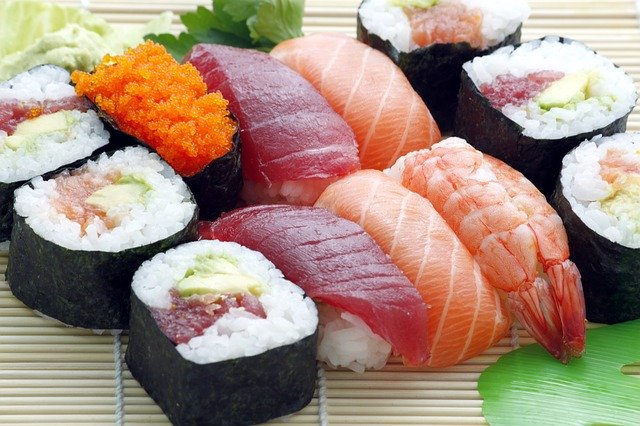
In a new study, researchers found common seafood sushi may serve up parasitic worms.
They found that since the 1970s, there’s been a 283-fold increase in the abundance of a parasitic worm that can be transmitted to people who eat raw or undercooked seafood.
This huge increase in the abundance of Anisakis worms, also called herring worms, could have consequences for both human and marine mammal health.
The research was conducted by a team at the University of Washington.
When people eat live herring worms, they can invade the intestinal wall and cause symptoms similar to food poisonings, such as nausea, vomiting, and diarrhea.
In most cases, the worm dies after a few days and the symptoms disappear.
Most cases of the disease, called anisakiasis, aren’t diagnosed because people assume they had food poisoning.
Despite their name, herring worms are found in a variety of marine fish and squid species, Wood explained. They can reach up to 2 centimeters (0.8 inches) in length.
While seafood processors and sushi chefs are good at finding and removing herring worms from fish, some worms still sneak past this screening.
In the study, the team analyzed published research about Anisakis worms that are archived online.
They found the health risks of the worms are fairly low for people but may have a large impact on marine mammals such as dolphins, whales, and seals.
The team says if people are concerned about the worms when eating sushi, they should cut each piece in half and check for worms before eating.
The lead author of the study Chelsea Wood. She is an assistant professor at the University of Washington’s School of Aquatic and Fishery Sciences.
The study is published in the journal Global Change Biology.
Copyright © 2020 Knowridge Science Report. All rights reserved.



